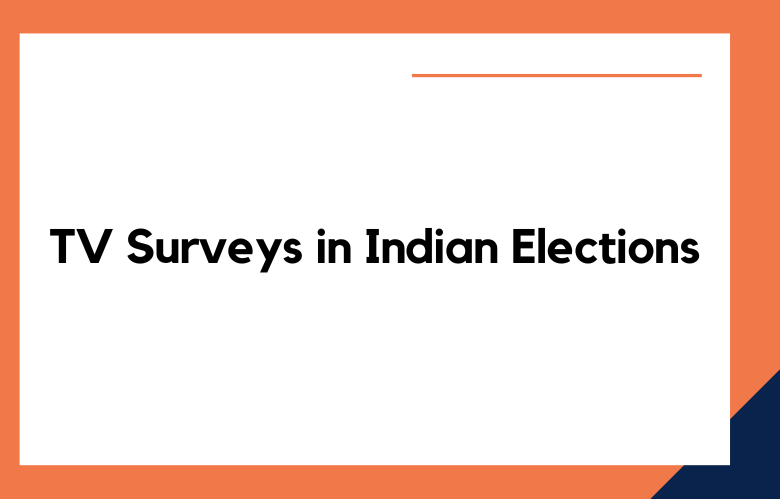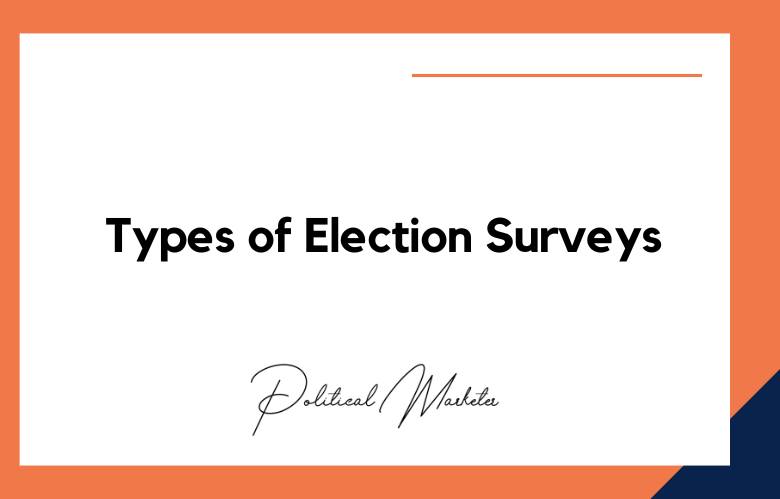Television surveys have become increasingly influential in Indian elections, shaping public opinion and influencing voter behavior. These surveys, conducted by various media organizations, aim to gauge public sentiment and predict election outcomes. With their ability to reach a broad audience, TV surveys can influence voter perceptions and sway election results.
Shaping public opinion:
Impacting candidate strategies:
Influencing media coverage:
Potential manipulation and bias:
Electoral reforms and regulations:
Impact of TV Surveys on Indian Elections
The impact of TV surveys on Indian elections can be positive and negative. On the positive side, surveys can help to inform voters about the issues at stake in the election and the positions of different candidates and parties. They can also encourage greater voter participation by highlighting the importance of each vote and the potential impact of the election outcome.
However, TV surveys can also negatively affect Indian elections. One concern is that surveys can create a “bandwagon effect,” whereby voters are influenced by perceptions of which candidate or party is most popular. This can create a self-fulfilling prophecy, with voters supporting the candidate or party they perceive to be the most popular rather than making an informed decision based on their beliefs and values.
Another concern is that TV surveys can be influenced by various biases and methodological flaws, leading to inaccurate or misleading results. For example, surveys may be influenced by the political leanings of the media organizations conducting them or rely on flawed sampling methods that do not accurately represent the broader population.
The Power of Television: Analyzing its Impact on Indian Elections
Television has emerged as a powerful medium in Indian elections, potentially shaping public opinion and influencing voter behavior. From campaign advertisements and news coverage to debates and live rallies, television has become a central platform for political communication in India.
One critical way television impacts Indian elections is through its ability to reach a large and diverse audience. With over 800 million TV viewers in India, television provides a platform for political parties and candidates to communicate their messages to a broad population. This is particularly important in a country as large and diverse as India, where reaching voters in remote or rural areas can be challenging.
Television also plays a critical role in setting the agenda for political discourse in India. The issues and candidates that receive the most airtime on television often become the focus of public attention and debate. This agenda-setting power can have a significant impact on voter perceptions and decision-making.
Breaking Down the Numbers: How TV Surveys Influence Indian Voters
Television surveys have become an increasingly influential factor in Indian elections, with the power to shape public opinion and influence voter behavior. But how exactly do these surveys impact Indian voters? Let’s break down the numbers to understand the influence of TV surveys on Indian elections.
Reach and Influence
Television is one of India’s most popular forms of media, with an estimated 836 million viewers in 2020 (source: Indian Television Dot Com). This broad reach means that TV surveys can potentially influence a significant portion of the electorate.
Voter Perception
A study by the Centre for the Study of Developing Societies found that nearly 50% of voters reported being influenced by opinion polls and media coverage during the 2014 Indian general election (source: The Hindu). This suggests that TV surveys can play a significant role in shaping voter perceptions and decisions.
Bandwagon Effect
TV surveys can create a “bandwagon effect,” where voters are influenced by perceptions of which candidate or party is most popular. A study by the University of Delhi found that voters were more likely to support the candidate or party they perceived to be the most popular, based on media coverage and opinion polls (source: University of Delhi).
Influence on Political Discourse
TV surveys can influence political discourse by focusing on poll numbers and predictions rather than substantive policy issues. A study by the University of Hyderabad found that media coverage of opinion polls during the 2014 Indian general election was often shallow and sensationalized, contributing to a polarized and divisive political climate (source: University of Hyderabad).
From Screen to Vote: Understanding TV Survey Influence in Indian Politics
Television surveys have become an integral part of Indian politics, with the power to shape public opinion and influence election outcomes. However, understanding the precise impact of these surveys on voter behavior is a complex task that requires careful analysis of multiple factors.
One key factor is the credibility of the surveys themselves. Voters are more likely to be influenced by surveys that are perceived as credible and reliable. Factors that can influence credibility include the reputation of the media organization conducting the study, the sample size and methodology used, and the transparency of the data collection and analysis process.
Another critical factor is the timing of the surveys. Surveys conducted closer to election day may significantly impact voter behavior, as voters are more likely to pay attention and make final decisions about their vote choice. Additionally, releasing multiple surveys over time can create a sense of momentum or change in the political landscape, influencing voter perceptions and decisions.
Eyes on the Screen: TV Surveys and their Role in Indian Elections
Television surveys have become ubiquitous in Indian elections, with news channels and polling organizations conducting numerous surveys in the run-up to election day. But what role do these surveys play in shaping the outcome of Indian elections? Let’s take a closer look at the influence of TV surveys on Indian politics.
Setting the Agenda
TV surveys can play a significant role in setting the agenda for political discourse in India. Surveys can shape public perception of which candidates and issues are most important by focusing attention on poll numbers and predictions. This can create a feedback loop, with candidates and parties responding to survey results by adjusting their messaging and strategy.
Shaping Voter Perceptions
TV surveys can also influence voter perceptions and decision-making. Surveys can create a bandwagon effect by highlighting which candidates or parties are leading in the polls, where voters are more likely to support the candidate or party they perceive to be the most popular. This can be incredibly influential in a country like India, where many voters may not have firm ideological commitments and may be influenced by perceptions of which candidate is most likely to win.
Potential for Bias
Despite their influence, TV surveys are not without limitations and potential biases. Surveys can be influenced by various factors, including the wording of questions, the sampling methodology, and the political leanings of the media organizations conducting them. This can lead to inaccurate or misleading results, which can, in turn, shape voter perceptions and decisions.
Impact on Voter Turnout
TV surveys can also impact voter turnout. Studies have shown that voters are more likely to turn out if they believe their preferred candidate has a chance of winning (source: American Political Science Review). This means that TV surveys, by shaping perceptions of which candidates are likely to win, can influence voter turnout and potentially impact the outcome of elections.
The Screen Factor: TV Survey Impact on Indian Political Campaigns
Television surveys have become a fixture of Indian political campaigns, with parties and candidates paying close attention to the latest poll numbers and adjusting their strategies accordingly. But what is the impact of these surveys on political campaigns in India? Let’s look at the “screen factor” and its influence on Indian politics.
Conclusion
TV surveys have become integral to Indian elections, shaping public opinion and influencing the outcome. While they provide valuable insights into voter preferences and trends, it is essential to approach them with caution and critically evaluate their methodologies and potential biases.
Ultimately, it is up to the voters to make informed decisions based on various factors, including their beliefs, values, and assessments of the candidates and parties. As India’s democracy continues to evolve, the role of TV surveys in shaping elections will undoubtedly remain a topic of debate and discussion.
Call: +91 9848321284
Email: [email protected]










